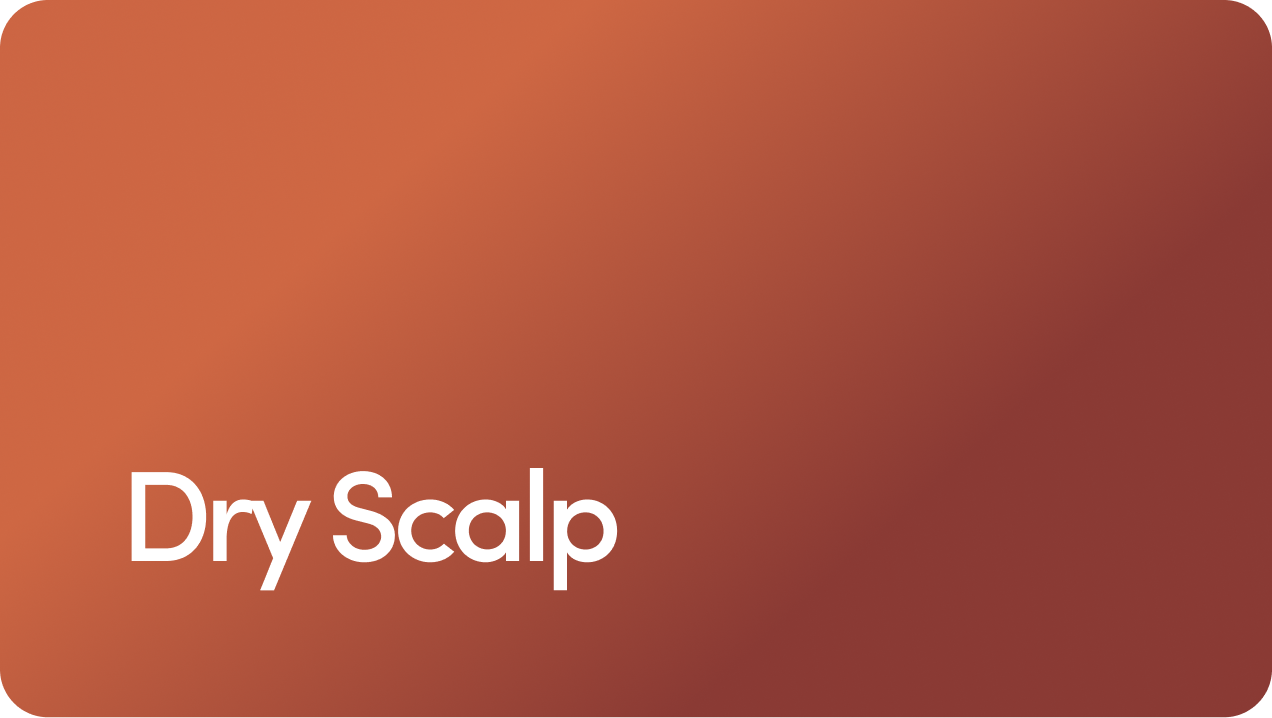Trichotillomania
Trichotillomania is a psychiatric condition characterized by an unrelenting urge to pull out hair, most often from the scalp.
Overview
Trichotillomania is a psychiatric condition characterized by an unrelenting urge to pull out hair, most often from the scalp. Over time, this hair-pulling behavior can lead to minor to severe hair loss or bald patches
Doctors don’t know exactly why some people develop trichotillomania, but it often develops after periods of high stress or anxiety. The main treatment involves addressing the underlying cause with stress reduction, cognitive behavioral therapy, or medications to stop hair pulling and give your hair time to grow back.
This condition guide covers everything you need to know about trichotillomania including symptoms, causes, and treatments.
What Is Trichotillomania?
Trichotillomania also goes by several other names such as:
trich
TTM
hair-pulling disorder
It’s a chronic condition characterized by the compelling urge to pull out your own hair. Pulling out hair often relieves this urge and may even feel pleasurable.
Hair pulling is most often from the scalp, but may also occur in other areas such as your:
eyebrows
eyelashes
pubic area
beard
mustache
The American Psychiatric Association (APA)’s Diagnostic and Statistical Manual of Mental Disorders, Fifth Edition (DSM-5) classifies trichotillomania under obsessive-compulsive and related disorders.
It’s considered a body-focused repetitive behavior (BFRB), which is a pattern of self-grooming behavior that involves compulsively damaging one's physical appearance or causing bodily harm.
Variants of trichotillomania
Trichotillomania encompasses several other related conditions. Variants of trichotillomania include:
Trichoteiromania: Trichoteiromania is the compulsive action of rubbing the scalp, which can lead to hair breakage and loss.
Trichotemnomania: Trichotemnomania is hair loss due to compulsive hair cutting or shaving.
Trichodaganomania: Trichodaganomania is the compulsive habit of biting hair in areas you can reach with your mouth.
Telogen mania: Telogen mania is obsessive fits of fierce hair brushing.
Trichophobia: Trichophobia is a strong fear of exposure to hair on your body or in your environment. It can lead to habits of actively trying to reduce hair exposure in ways such as plucking or shaving hair.
What Other Conditions Fall Under the Category of Obsessive-Compulsive and Related Disorders?
Some other conditions that the DSM-5 categorizes under Obsessive-Compulsive and Related Disorders include:
body dysmorphic disorder, fixation on perceived bodily flaws
hoarding disorder
excoriation (skin-picking disorder)
Symptoms
The main symptom of trichotillomania is an intense urge to pull out your hair that isn’t reduced until hair is pulled out. The severity can range from mild to severe and may be focused or automatic.
Automatic trichotillomania occurs subconsciously. Focused occurs in response to negative emotional states such as stress, sadness, anger, or anxiety.
Symptoms of Trichotillomania
The urge to pull out hair often leads to compulsive hair pulling that can lead to patches of hair loss medically known as alopecia.
Hair pulling often occurs during periods of stress or boredom, but sometimes it may occur absentmindedly even in the absence of a particular change in your emotional state. Most people report that hair pulling isn’t painful, if not pleasurable.
Bald patches on the scalp in people with trichotillomania often take on a strange pattern that may include:
hair loss only on one side
a patchy appearance with irregular borders
open wounds or bleeding of the scalp
often occur on the front or sides of the head
Some people with trichotillomania might also experience
repeated efforts to stop hair pulling that are unsuccessful
other behavioral rituals such as hair eating (trichophagia), in more than 20% of people.
the development of trichobezoar, which is a hairball that can develop in the stomach and requires medical treatment.
Hair loss in people with trichotillomania can affect self-esteem, social interactions, and mental health. Many people with trichotillomania may feel embarrassed by their hair loss.
Can Trichotillomania Be Mistaken for Other Forms of Hair Loss?
Hair loss caused by trichotillomania can sometimes resemble other forms of hair loss such as:
alopecia areata, an autoimmune condition that causes patchy hair loss
traction alopecia, hair loss from constant pulling of your hair
It can be difficult to identify trichotillomania in other people if you don’t see them pulling out hair. They may deny pulling out their hair or do it without realizing it.
Signs that another person might be dealing with trichotillomania include:
often trying to cover the bald spots by wearing hats, wigs, or avoiding social settings altogether
open sores or scabs or their scalps
bald spots in a strange pattern or with irregular edges
Causes
The cause of trichotillomania is multifactorial, but it’s commonly triggered by stressful life periods.
What Causes Trichotillomania?
The exact cause of trichotillomania remains unknown, but it commonly occurs after stressful situations. Many people with trichotillomania also report that major life changes or high anxiety periods can intensify hair-pulling urges.
It’s been proposed that hair pulling causes a counterirritation to reduce stress perception by the brain.
Other factors that may contribute to the development of trichotillomania include:
Genetic predisposition: Having a family history of OCD, anxiety disorders, or other psychiatric disorders may increase your risk of developing trichotillomania. Researchers have identified some genes that are more common in people with trichotillomania than the general population.
Neurobiological factors: Imbalances in brain chemicals, such as serotonin and dopamine, which are involved in impulse control, could be linked to trichotillomania.
Risk Factors
Some people seem to be more prone to developing trichotillomania than others. It usually first develops in childhood or adolescence.
Risk Factors for Trichotillomania
The lifetime prevalence of trichotillomania starting from adolescence has been estimated at around 3.5%. At any given time, it’s estimated to affect 0.5-2.0% of people.
Several factors increase the risk of developing trichotillomania:
Family history: Genetic factors seem to play a significant role in trichotillomania. People with a family history of OCD, depression, or skin picking seem to be more prone to developing trichotillomania too.
Age of onset: Trichotillomania commonly begins in childhood or adolescence, especially between ages 10-13.
Gender: While trichotillomania affects both sexes, it seems to be diagnosed in female adults about 9 times more often. It seems to occur close to evenly in children.
Presence of other BFRBs: Those with body-focused repetitive behaviors, like nail biting or skin picking, may be at higher risk of trichotillomania
Undergoing periods of stress or boredom: Many people who report trichotillomania report it after periods of stress or boredom.
Other psychiatric conditions: trichotillomania is most associated with other psychiatric conditions such as:
substance misuse
eating disorders
post-traumatic stress disorder (PTSD)
personality disorders
body dysmorphic disorder
Diagnosis
A trichotillomania diagnosis is often made by a psychiatrist or other mental health professional.
Diagnosing Trichotillomania
Tests doctors use to help diagnose trichotillomania include:
Clinical evaluation: A mental health professional will assess the frequency and intensity of your hair-pulling behavior, associated emotions, and your distress.
Mental health history: Mental health professionals will review your medical history for any co-occurring conditions, such as OCD, body dysmorphic disorder, or anxiety.
DSM-5 criteria: A trichotillomania diagnosis is generally made by a psychiatrist or mental health professional using specific criteria outlined in the DSM-5.
The five DSM-5 criteria that need to be met for a formal diagnosis include:
Noncosmetic hair removal: One must repetitively remove hair for non-cosmetic reasons.
Multiple attempts to stop pulling: One must have made repeated attempts to decrease or stop hair pulling.
Causing distress: One must be experiencing distress or functional impairment as a result of their hair pulling behaviors. Some people might feel guilt, embarrassment, shame, or self-consciousness.
Not caused by another medical condition: Hair loss must not be caused by other conditions. For example, not caused by psoriasis or eczema causing itchiness and frequent scratching that results in hair loss.
Not caused by another mental disorder: To receive a diagnosis for trichotillomania, hair pulling must not be caused by another mental disorder. For example, some people with OCD may pull out hair as part of a superstitious ritual.
A test called a punch biopsy can be used to confirm a diagnosis of trichotillomania. This test involves using a circular tool to take a sample of your scalp for testing. It can help doctors rule out other conditions such as psoriasis that may be causing hair loss.
Once a diagnosis of trichotillomania is made, you might also visit a dermatologist to have your scalp examined. A dermatologist can assess the extent of damage to your hair follicles and help you determine the best treatment to improve hair growth.
Treatment
Treatment for trichotillomania primarily focuses on addressing the underlying cause. The outlook for trichotillomania tends to be better the earlier treatment is initiated
Treatment of Trichotillomania
Treatment options for trichotillomania can be effective, especially when initiated soon after it develops. The primary treatments include the following.
Behavioral Therapy
Cognitive behavioral therapy (CBT), particularly Habit reversal training (HRT), has been highly effective in treating trichotillomania.
HRT aims to replace hair pulling with a habit that’s not as harmful. During treatment, you’ll often be encouraged to:
keep a diary of your hair-pulling
work out the triggers for your hair-pulling and learning how to avoid them
replace hair pulling with another action, like squeezing a stress ball
talk to your loved ones providing emotional support and encouragement
Acceptance and Commitment Therapy (ACT) is another approach that encourages you to accept your urges and act mindfully. It may help by promoting acceptance of negative emotions.
Finding Alternatives for Hair Pulling Urges
You may be able to reduce the urge to pull your hair by:
squeezing a stress ball
using a fidget toy
wearing a tight-fitted hat or other headwear
taking a soothing bath to ease stress and anxiety
practicing deep breathing until the urge goes away
covering your fingers with something that makes hair pulling difficult
cutting your hair short
Medications
No specific medications are specifically FDA-approved for trichotillomania but some medications may help you symptoms.
selective serotonin reuptake inhibitors (SSRIs),
tricyclic antidepressants
antipsychotics
supplements such as N-acetylcysteine
antioxidants
cell signal transducers
Most studies examining the effectiveness of medications for trichotillomania are small and more research is needed to understand their effectiveness.
Support Groups
Support groups for trichotillomania provide a community for people struggling with their condition. Connecting with others in similar situations can potentially reduce the sense of isolation and provide effective coping strategies.
Prevention
Prevention for trichotillomania can be difficult since it’s often triggered by life stresses that aren’t entirely under your control.
Trichotillomania Prevention Tips
Preventing trichotillomania entirely may not be possible, but certain practices may help reduce the risk or progression of hair-pulling behaviors:
Early treatment: Addressing repetitive behaviors like hair-pulling as soon as they appear may help prevent habit formation.
Stress management techniques: Incorporating stress-relieving techniques into your life such as meditation, mindfulness, and relaxing exercise may help reduce the risk of engaging in hair-pulling.
Developing routines: Structured routines may help limit boredom or idle time, which can trigger hair-pulling behaviors.
Seeking support early: Consulting a mental health professional shortly after developing symptoms may lead to better control of your symptoms and long-term outcomes.
13 Sources
- Bennett LP, et al. (2024). A review of behavioral and pharmacological treatments for adult trichotillomania. https://www.mdpi.com/2813-9844/6/2/31
- Cisoń H, et al. (2018). Trichotillomania and trichophagia: Modern diagnostic and therapeutic methods. https://link.springer.com/article/10.1007/s13555-018-0256-z
- DSM-5 table of contents. (2013). https://www.psychiatry.org/File%20Library/Psychiatrists/Practice/DSM/APA_DSM-5-Contents.pdf
- Grant JE, et al. (2019). Trichotillomania (hair pulling disorder). https://pmc.ncbi.nlm.nih.gov/articles/PMC6343418/
- Hoffman J, et al. (2021). Pharmacotherapy for trichotillomania. https://pmc.ncbi.nlm.nih.gov/articles/PMC8478440/
- Melo DF, et al. (2021). Trichotillomania: What do we know so far? https://pmc.ncbi.nlm.nih.gov/articles/PMC8787581/
- Pereyra AD, et al. (2023). Trichotillomania. https://www.ncbi.nlm.nih.gov/books/NBK493186/
- Popova L, et al. (2022). Dramatic improvement of trichotillomania with 6 months of treatment with N-acetylcysteine. https://journals.sagepub.com/doi/10.1177/2333794X221086576
- Roos A, et al. (2023). Structural brain network connectivity in trichotillomania (hair-pulling disorder). https://link.springer.com/article/10.1007/s11682-023-00767-5
- Trichotillomania. (n.d.). https://www.abct.org/fact-sheets/trichotillomania/
- Trichotillomania; TTM. (n.d.). https://omim.org/entry/613229
- Zasio R, et al. (2014). Trichotillomania fact sheet. https://iocdf.org/wp-content/uploads/2014/09/Trich.pdf
- Zhang J, et al. (2022). Significance of family history in understanding and subtyping trichotillomania. https://www.sciencedirect.com/science/article/pii/S0010440X22000554
Editorial Standards
Hims & Hers has strict sourcing guidelines to ensure our content is accurate and current. We rely on peer-reviewed studies, academic research institutions, and medical associations. We strive to use primary sources and refrain from using tertiary references. See a mistake? Let us know at [email protected]!
Related Conditions
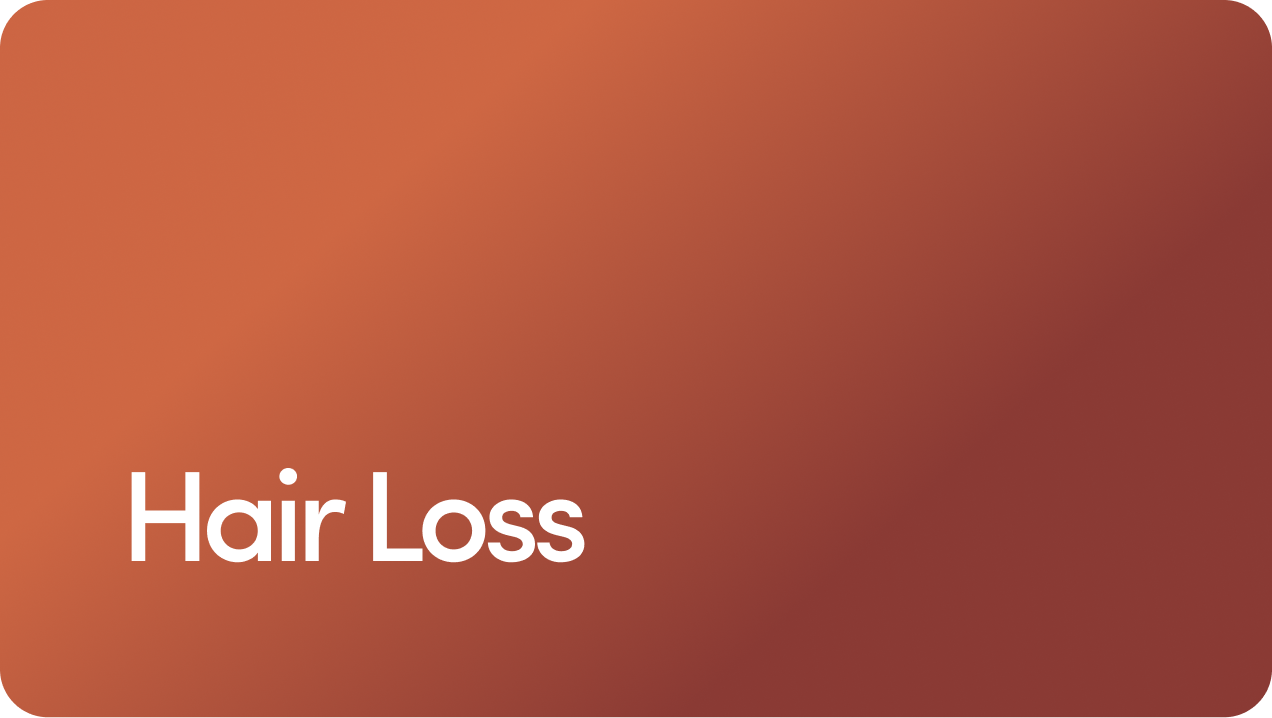 Hair Loss
Hair Loss
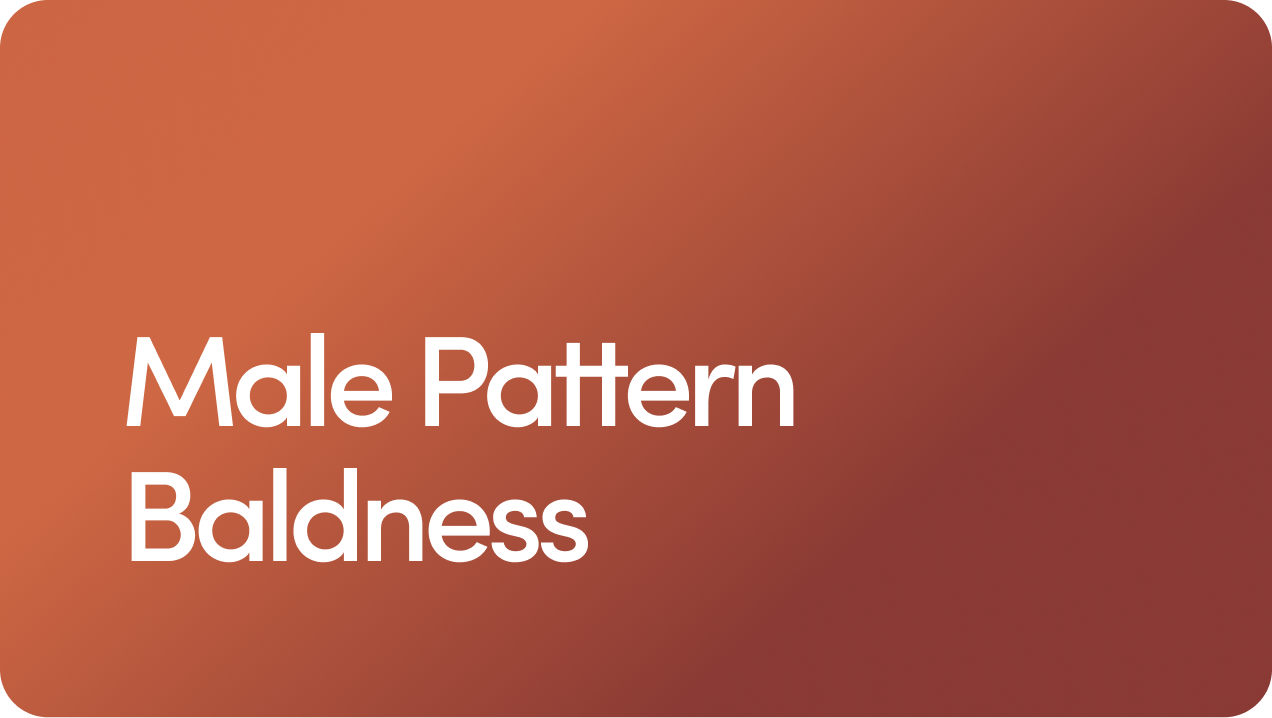 Male Pattern Baldness
Male Pattern Baldness
 Dandruff
Dandruff
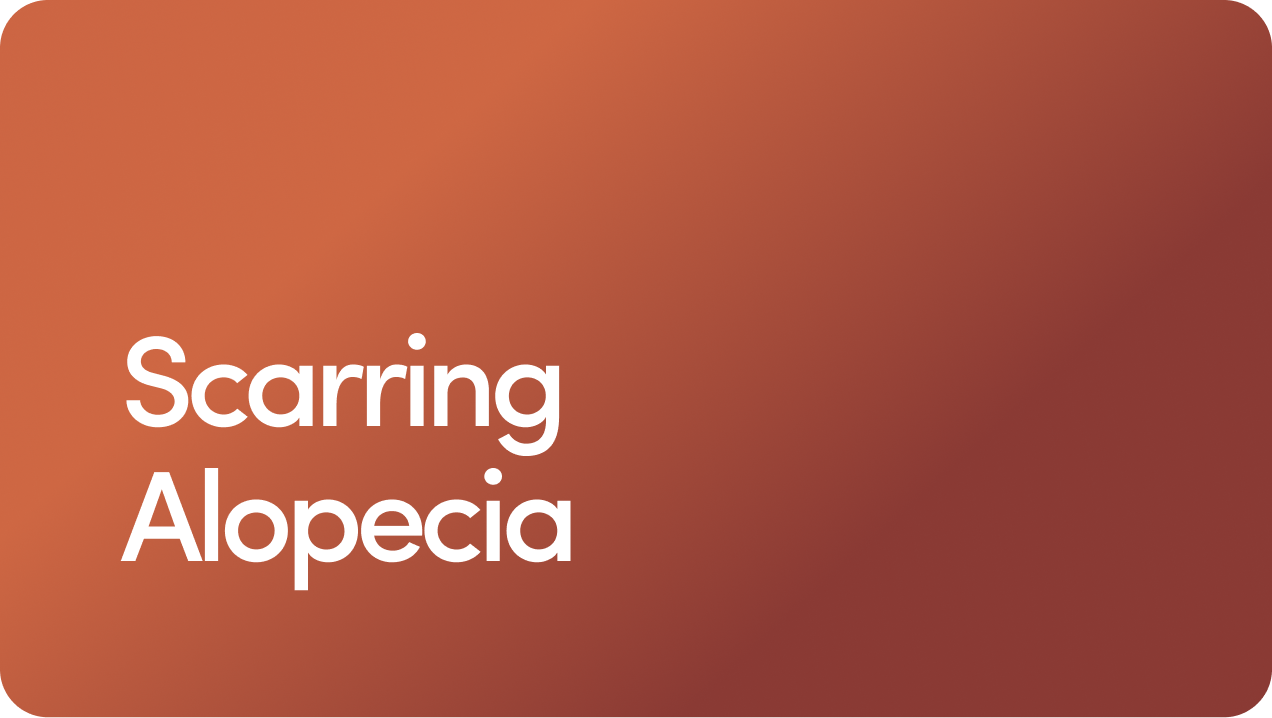 Scarring Alopecia
Scarring Alopecia
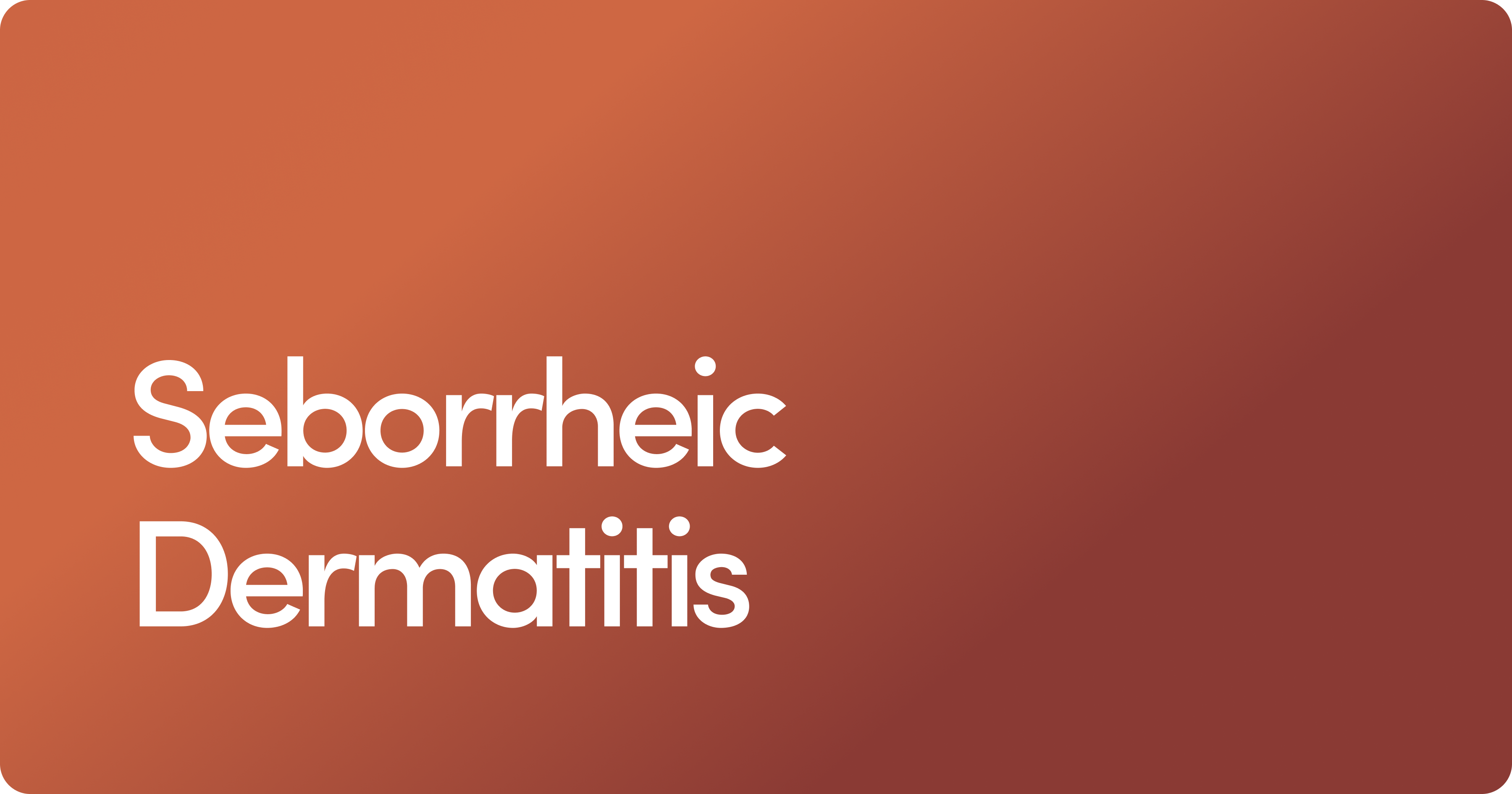 Seborrheic Dermatitis
Seborrheic Dermatitis
*All images feature a model portrayal
(unless otherwise noted).
